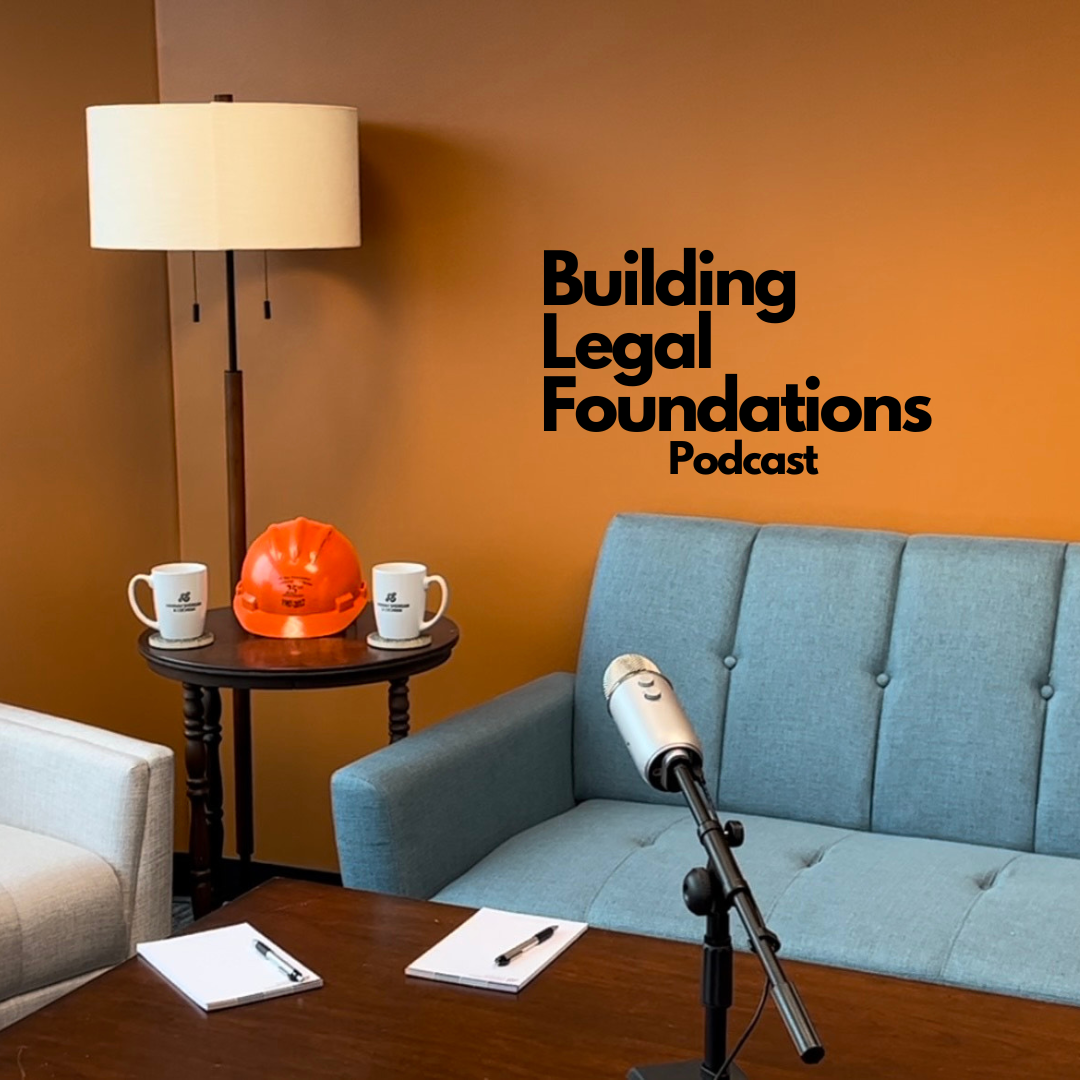Hannah Sheridan & Cochran's own podcast, previously available via Spotify, is now available to listen…
Types of Judgments
Ever wonder what the difference is in the various types of judgments your attorney mentions? The easy answer is “absolutely nothing” except the route taken to get the judgment. Once entered, a judgment is a judgment. The real distinction may well be the cost to the creditor of getting the judgment. A short explanation of the various types might help your understanding as to why some judgments cost more to get than others – and to a large extent, you have little control over which type will ultimately resolve your case; circumstances will dictate the option(s).
Confession of Judgment: The name in many respects says it all. The debtor acknowledges that the debt is owed and so, executes a Confession of Judgment which may be entered by the creditor as a judgment against the debtor. In many instances, this form of judgment is utilized in conjunction with a payment plan. The debtor gives the Confession of Judgment as “security” so that if the debtor defaults on a payment plan, the creditor is not faced with a reduced balance which makes it economically inefficient to seek collection in full. A Confession of Judgment can only be filed if there is no pending litigation, so if the sequence of events includes the creditor having filed a Complaint, then the agreement supporting the Confession of Judgment will generally include taking a voluntary dismissal without prejudice. The note or agreement which includes the terms for filing the Confession of Judgment generally creates a new debt, though it does not have to, but using the “without prejudice” form is added assurance that the creditor maintains all rights and remedies against the debtor. Note that the word “security” above is within quotation marks for a reason. Until actually filed, the Confession of Judgment is not a judgment and if there is a bankruptcy petition filed, the creditor is no more or less secured than it would have been without the Confession of Judgment.
Consent Judgment: The Consent Judgment is a companion to the Confession of Judgment. The distinction between the two is that a Consent Judgment is entered into after a Complaint has been filed and its intent is that it will be filed immediately as a judgment against the defendant. Most often, it is used as a means of controlling litigation costs where a defendant admits the debt but is unable to pay it at the specific point in time. Like a Confession of Judgment, a Consent Judgment may be accompanied by a payment plan or forbearance agreement – creditor agrees not to execute on the judgment for a specific period of time or so long as payments are being made. A Consent Judgment is an active judgment and as such attaches as an interest in real property owned by the defendant, so in the event of a bankruptcy proceeding, it may provide some security providing that there is sufficient equity in the real property and more than 90-days have passed between the entry of the judgment and the filing of the petition.
Default Judgment: A default judgment results from a defendant’s failure to respond to a Complaint. To get to a default judgment, the Complaint which is filed to initiate the court action must be verified and must be for a sum certain. In the absence of an Answer, the court will enter a default judgment for the amount claimed in the Complaint, plus any interest set out in the underlying agreement, or interest at the legal rate from the date of default. If a defendant contacts the court to get an extension of time, but fails to file an Answer, then there is a sub-set of this process which requires notice to the party and gives that party 30-days to request a hearing. Note that the courts do not love default judgments. The theory is that we all should have a right to be heard before judgment is entered, so overturning a default judgment, while not easy, is not as difficult as other forms of judgments.
Judgment on the Pleadings: Defendants will occasionally either write a letter in response to service of the Complaint or will file an Answer in which they fail to deny the debt. In either case, the creditor may elect to file a motion asking for Judgment on the Pleadings. This is a request for a judge to read the Complaint, read the Answer, consider any arguments counsel for either party might make, then enter judgment based on the allegations and responses. This judgment is issued by a judge in open court and with notice to all parties. It is not as easy as it might sound in that the court is going to be cautious and confirm to the best of its ability that there is no question that the debt is owed based upon the allegations and the response.
Summary Judgment: In our office, we will often elect to seek a Summary Judgment as opposed to a Judgment on the Pleadings simply because in the world of civil procedure, it is harder to overturn a Summary Judgment on appeal than it would be a Judgment on the Pleadings or a Default Judgment. While technically it is possible to seek Summary Judgment more than once, the reality is that before a lawyer will seek a Summary Judgment, they will generally make certain they have their legal ducks in a row. At a bare minimum, a Motion for Summary Judgment should be accompanied by an affidavit from the creditor/plaintiff setting out the evidentiary elements necessary for a court to award summary judgment. Those elements will vary depending upon the relief sought but in general for a collections case will need to establish the existence of a contract, the act of breach of that contract, the amount due and owing, plus terms for interest and/or attorney’s fees. If the matter is more complicated, then discovery may have been undertaken, including Requests for Admissions. If the Requests for Admissions are unanswered in the requisite period, then they are deemed admitted and can be used to further bolster a Summary Judgment motion. This type of motion requires notice and a hearing with arguments of counsel. It may be unopposed, but the end result is a decision made by a judge who must find that there are no issues of material fact in dispute and that as a matter of law, judgment is appropriate. This type of judgment could conceivably be overturned on a request to reconsider, but realistically is only subject to being overturned by the North Carolina Court of Appeals – an expensive process – so this is among the most secured judgments once entered.
Trial by Jury/Bench Trial: If a matter makes it to trial, then there are two avenues available to the parties. The constitution guarantees the right to a trial by jury, but if not requested, this can be deemed waived. Jury trials generally take longer and cost more with the decision of liability being left to twelve citizens of the county in which the trial occurs. For some types of litigation, there are exceptionally good reasons for wanting a Jury Trial. That being said, collections cases are probably more often decided in a Bench Trial in which the evidence is presented in much the same way as a case tried to a jury, but the end result is determined by the judge. Usually, these cases are a bit more streamlined and therefore a bit less expensive. Many lawyers prefer this type of trial simply because the knowledge and background of judges is a bit more of a known quantity. Once entered, this type of judgment can only be overturned by the Court of Appeals.
Arbitration Award: Most arbitration awards are turned into judgments by a process of the court which provides for a hearing to confirm the award. Judges are extremely hesitant to overturn the award of an arbitrator, so generally a confirmation hearing is pro forma, but there is an opportunity for counsel to argue if they feel the arbitrator in some manner the arbitrator violated the rules of the arbitration.


